Editor’s Note: This article is adapted from a longer version published by the Biological Sciences Division. For the full article, click here.
Modern biological and biomedical sciences are team sports, with primary investigators supported by a roster of students, postdocs, technicians, and administrators. Increasingly, scientists are also reaching outside the boundaries of their expertise, collaborating with partners from different disciplines who add their own skills, experience, and perspective to address the challenges of the rapidly changing modern world.
Addressing the health needs of a rapidly expanding and aging population; confronting climate change; or making sense of the enormous troves of data generated by a networked world – these problems demand fresh thinking that couldn’t come from traditional research disciplines alone. The complexity and scale of such new scientific and engineering challenges also demand a diversity of perspectives and deep expertise that makes it increasingly difficult for any one scientist or laboratory to go it alone.
Instead, ambitious researchers look outward to expand the possibilities of their work and drive it toward impactful solutions. Gynecologists work with neuroscientists to restore sensation for breast cancer survivors. Cardiac surgeons and materials engineers build an ultra-thin pacemaker that is controlled by light. Marine biologists lend their expertise on microbes to help gastroenterologists treat digestive diseases.
“Biomedical research is at an inflection point, where researchers who are driving discovery must adapt to meet the challenges and opportunities of a new digital era,” said Mark Anderson, Dean of the Biological Sciences Division and Pritzker School of Medicine, Executive Vice President for Medical Affairs, and the Paul and Allene Russell Professor in the Department of Medicine at the University of Chicago.
“To emerge as leaders in this rapidly changing environment, academic research institutions have to pivot to combine the deep domain knowledge of biological researchers and clinicians with the broader skillsets, methodologies, and approaches to problem solving brought to the table by multidisciplinary teams of scientists and engineers,” he said.
Transcending boundaries to maximize possibilities
As a biochemist, Chuan He is no stranger to this kind of field-shifting collaboration. With dual appointments as the John T. Wilson Distinguished Service Professor of Chemistry in the Physical Sciences Division and Professor of Biochemistry and Molecular Biology in the Biological Sciences Division, he has been at the nexus of scientific innovation across UChicago.
He is a pioneer in the field of epigenetics, which focuses on dynamic and reversible modifications of DNA that regulate how genes are expressed, influencing their activity without altering the underlying genetic code. These modifications to DNA act as molecular switches, determining whether a gene is turned on or off, thus influencing cellular processes, disease development, and overall organismal health.
In 2011 and 2012, He’s team developed new methods for mapping epigenetic markers that can silence or reactivate genes across an entire genome. These new tools are for the study of epigenetics what the microscope was for microbiology. With it, scientists can accurately examine epigenetic tags and begin to understand how they affect cellular characteristics and activity. He’s work in 2011 also helped initiate the new field of RNA modification research, or epitranscriptomics, which encompasses a similar range of mechanisms for regulating RNA that carry out genetic instructions.
These testing methods and new biology open a world of possibilities for collaboration with translational clinicians and basic science researchers alike.
An example of creative collaboration
While He’s work applies to many biological systems and diseases, three of his partnerships in cancer research alone demonstrate how such collaborations can impact human health:
- As part of a metabolomics analysis, Prof. Jing Chen used a single-stranded DNA sequencing technique invented by He’s team and discovered a nutrient found in meat and dairy products that improves the ability of immune cells to fight tumors.
- Prof. Yu-Ying He has worked with Chuan He on several projects about how environmental exposures to toxins can render cells more vulnerable to cancer. Their work includes a study on the role of epitranscriptomics in a skin cancer that develops from exposure to low levels of arsenic, and a $9.1 million R35 grant to examine how exposure to UVB radiation and arsenic affect how RNA methylation contributes to tumorigenesis in cancer.
- A frequent collaborator with He is Ralph Weichselbaum, the Daniel K. Ludwig Distinguished Service Professor and Chair of Radiation and Cellular Oncology, who studies epigenetic impacts on cancer immunotherapy and radiation treatments. The two have identified RNA modifications that affect response to treatments and tested a drug molecule that can counteract these changes and improve patient outcomes.
“Chuan is just one example of how collaboration can expand your horizons as a scientist,” Anderson said. “We have many other faculty members taking advantage of our unique research community by engaging with partners across the university. I hope they can inspire others to do the same.”
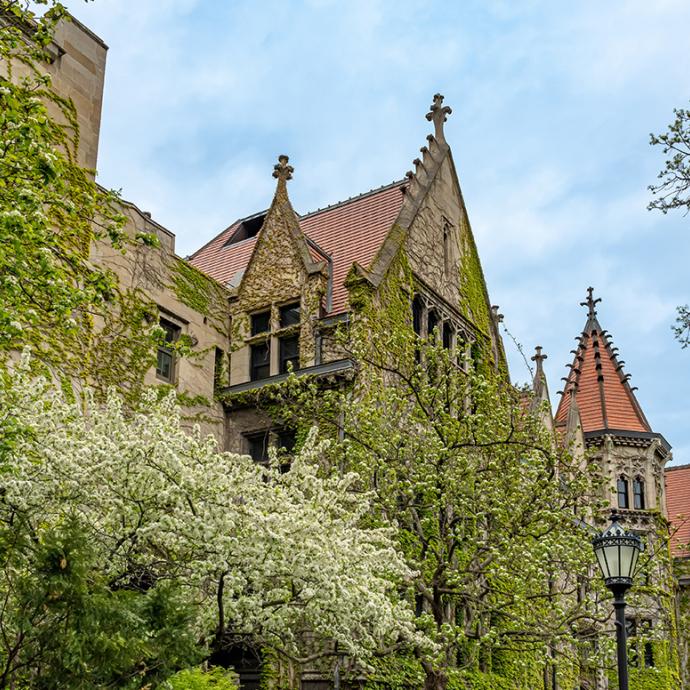
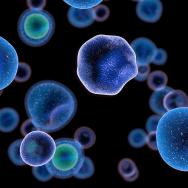
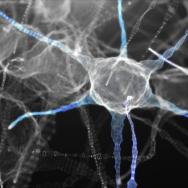
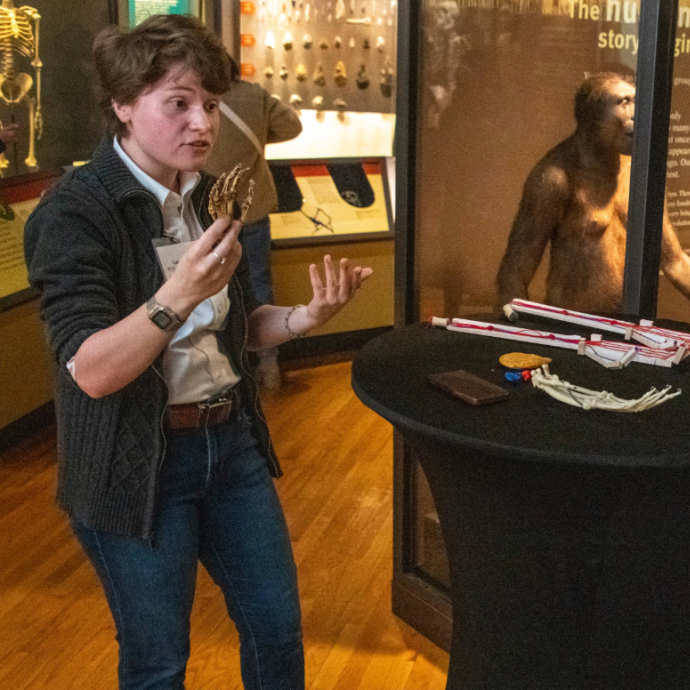
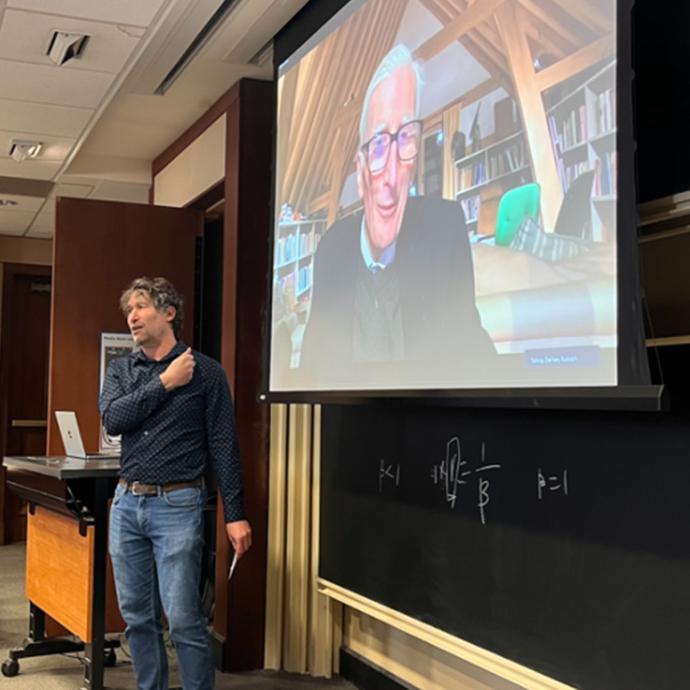
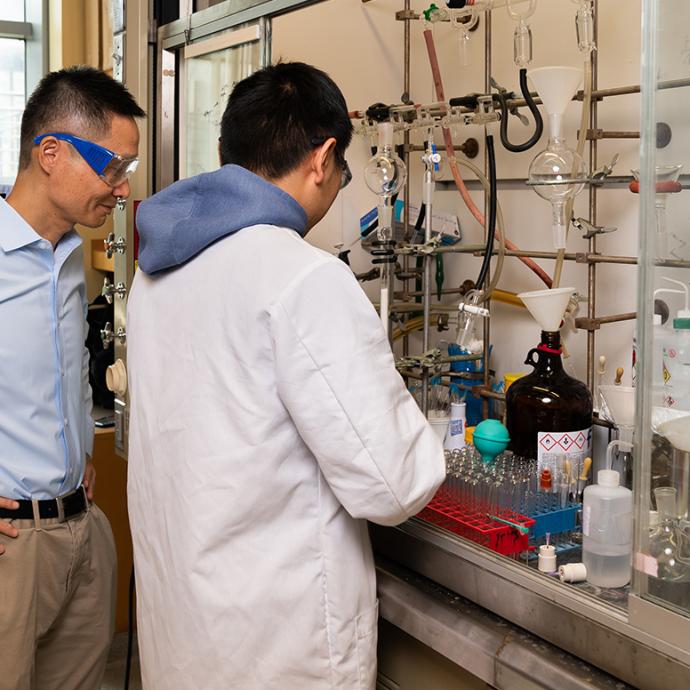

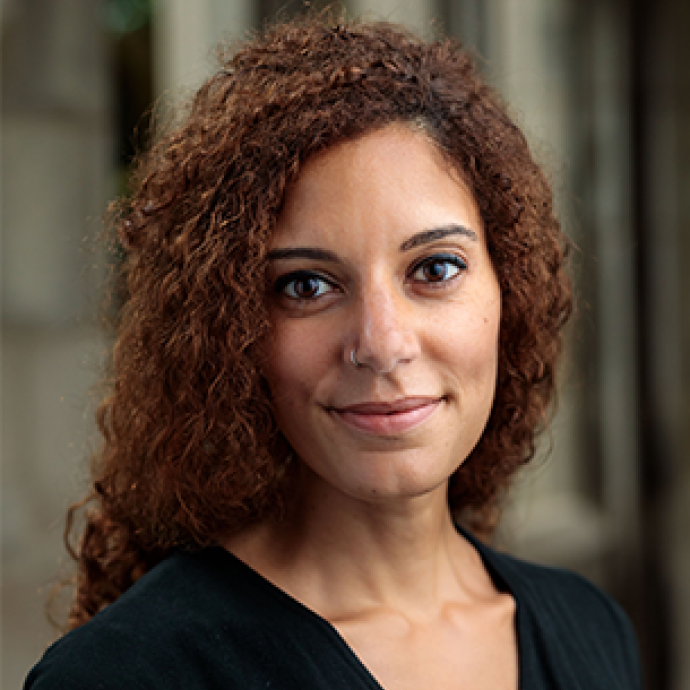




 —Prof. Chuan He
—Prof. Chuan He
